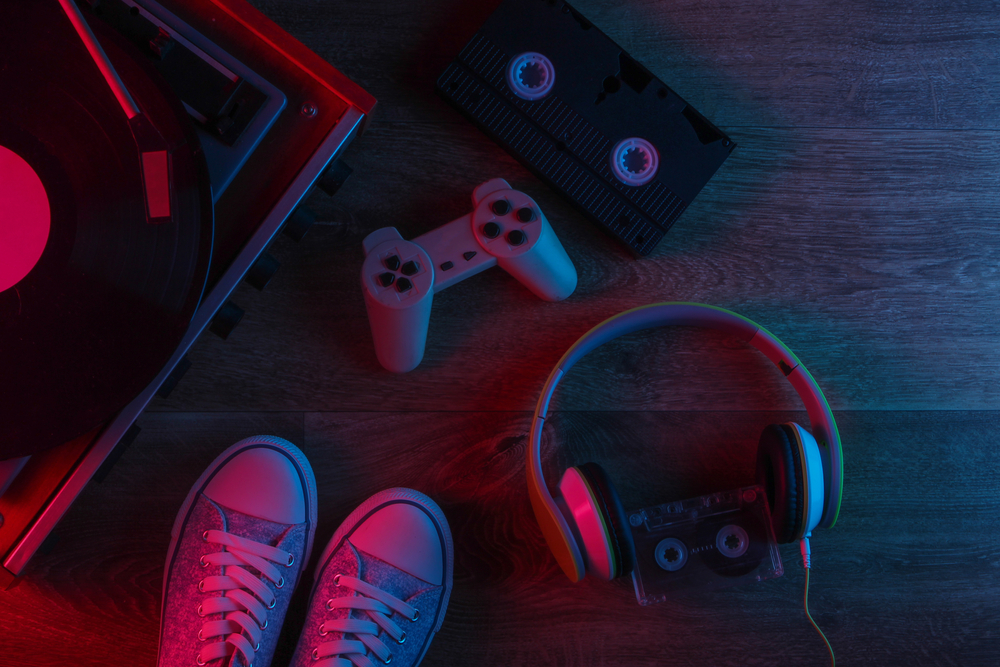The Resurgence of Analog Experiences in a Digital World
In an era dominated by screens and virtual interactions, a surprising trend is emerging: the revival of analog experiences. From vinyl records to film photography, people are increasingly seeking tangible, tactile encounters in their daily lives. Read below to explore this fascinating shift and its implications for modern society.

The Analog Renaissance: A Historical Context
The analog revival is not merely a nostalgic longing for the past, but a complex sociological phenomenon rooted in our evolving relationship with technology. To understand this trend, we must first examine the historical context of analog media and its initial decline.
Analog technology dominated the 20th century, from vinyl records and cassette tapes to film cameras and printed books. These mediums offered tangible, physical experiences that engaged multiple senses. However, the digital revolution of the late 20th and early 21st centuries saw rapid advancements in technology, leading to the widespread adoption of digital formats and devices.
Initially, the convenience and accessibility of digital media seemed to signal the death knell for analog formats. Yet, as our lives became increasingly digitized, a growing segment of society began to yearn for more tactile, authentic experiences. This desire has fueled the current analog renaissance, challenging our assumptions about progress and the role of technology in our lives.
The Psychology of Tangibility
The appeal of analog experiences goes beyond mere nostalgia. Research in cognitive psychology and neuroscience suggests that physical interactions with objects can enhance our cognitive processes and emotional connections.
Studies have shown that reading physical books, for instance, can lead to better comprehension and retention compared to reading digital texts. The tactile feedback of turning pages and the spatial awareness of a book’s thickness provide additional cognitive cues that aid in memory formation.
Similarly, the act of writing by hand has been found to activate regions of the brain associated with learning more effectively than typing on a keyboard. This neurological response to analog activities may explain why many people find satisfaction in journaling, letter-writing, and other forms of physical documentation.
The tangibility of analog experiences also fosters a sense of ownership and personal connection that digital formats often lack. Vinyl record collectors, for example, often describe the ritual of selecting an album, placing it on the turntable, and carefully lowering the needle as a deeply satisfying and immersive experience that streaming services cannot replicate.
Social Connection in the Analog World
The resurgence of analog experiences is not just an individual phenomenon; it’s also reshaping social interactions. As digital communication becomes ubiquitous, many people are seeking out face-to-face connections and shared physical experiences.
Board game cafes, for instance, have seen a surge in popularity, offering spaces for people to gather and engage in tactile, collaborative activities. These venues provide a counterpoint to online gaming, emphasizing in-person social interaction and the shared experience of physical gameplay.
Similarly, the rise of craft workshops and DIY culture reflects a desire for hands-on learning and creation. From pottery classes to woodworking sessions, these activities offer opportunities for skill development, creative expression, and social bonding that cannot be replicated in the digital realm.
The analog revival is also influencing how we document and share our lives. While social media remains prevalent, there’s a growing interest in physical photo albums, scrapbooking, and other tangible ways of preserving memories. This trend suggests a desire for more meaningful, lasting ways to capture and revisit life experiences.
The Intersection of Analog and Digital
Interestingly, the analog revival doesn’t reject digital technology outright but often exists in harmony with it. Many analog enthusiasts use digital platforms to connect with like-minded individuals, share their experiences, and even enhance their analog pursuits.
For example, film photography has experienced a resurgence, with photographers embracing the unique aesthetics and deliberate process of shooting on film. However, many of these photographers use digital tools for post-processing and sharing their work online, creating a hybrid approach that combines the best of both worlds.
This intersection of analog and digital extends to various fields, from music production that blends vintage instruments with modern recording techniques to the rise of smart notebooks that digitize handwritten notes. These innovations demonstrate that the analog revival is not about turning back the clock, but about finding a balance between the tactile and the digital.
Implications for the Future
As the analog revival continues to gain momentum, it raises important questions about the future of technology and human interaction. Will this trend lead to a more balanced approach to digital integration in our lives? Could it inspire new innovations that bridge the gap between analog and digital experiences?
Moreover, the resurgence of analog experiences challenges us to reconsider our notions of progress and efficiency. In a world that often prioritizes speed and convenience, the deliberate, sometimes slower nature of analog activities reminds us of the value of patience, attention to detail, and craftsmanship.
As we move forward, it’s clear that the analog revival is more than just a passing fad. It represents a significant shift in how we engage with the world around us, reflecting our deep-seated need for tangible, meaningful experiences in an increasingly virtual landscape. By embracing both analog and digital modes of interaction, we may find new ways to enrich our lives, deepen our connections, and foster creativity in the modern world.





